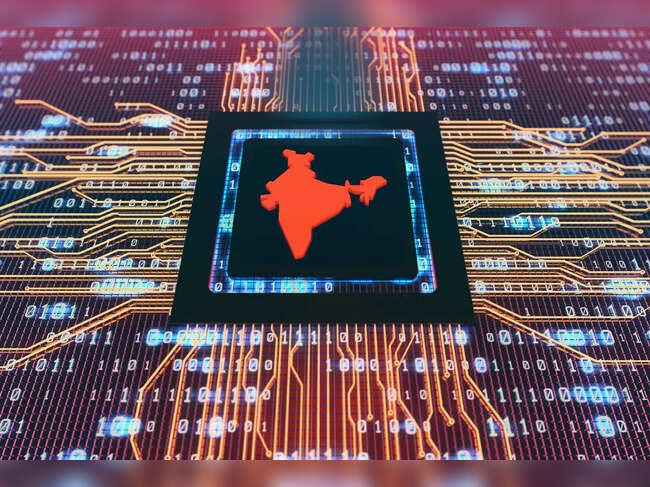



India's e-retail market, valued at $60 billion, has surpassed the US, but growth slowed to 10-12% in 2024 due to inflation and stagnant wages. Despite challenges, long-term prospects remain strong, with projections of 18% annual growth, driven by quick commerce, expanding consumer bases, and regulatory improvements.

Copyright infringement not intended
India’s e-retail market overtakes US with $60 billion size but growth halves in 2024.
India’s e-retail market has overtaken the US in terms of size, reaching around $60 billion in gross merchandise value (GMV) -> This makes India the second-largest online shopper base globally.
Growth in this sector has slowed down in 2024, halving to 10–12% compared to historical growth rates of over 20%. The slowdown is mainly due to higher inflation and stagnation of real wages -> Impacted private consumption and discretionary spending.
Despite near-term challenges, the long-term prospects for India’s e-retail market remain robust. The sector is projected to grow at over 18% annually, scaling to 170–190 billion by 2030.
Retail growth is expected by the festive period of 2025, driven by fiscal and monetary policy interventions that will revive the consumption cycle.
High-frequency categories such as grocery, lifestyle, and general merchandise will boost e-retail growth. By 2030, these categories are expected to account for two out of every three rupee spent on e-retail.
Grocery, especially through quick commerce, will see high growth, with projections indicating a 40% annual increase. Trend-first commerce in fashion will also grow fourfold, reaching 8–10 billion by 2028, with more than half of its revenue coming from online sales.
The E-retail market is rapidly spreading from Tier-2 to Tier-3 cities and even smaller towns. Since 2020, three in five new shoppers have come from Tier-3 or smaller cities -> Ensure access for consumers in remote, brand-starved areas.
E-retail shopper penetration in the Northeast is 1.2 times higher than in the rest of India. The seller base is diversifying across India -> 60% of new sellers since 2021 originating from Tier-2 or smaller cities.
Quick commerce accounts for over two-thirds of all e-grocery orders and contributes a tenth of overall e-retail GMV. Projections show that quick commerce will grow at over 40% annually through 2030, fueled by expansion across categories, geographies, and customer segments -> Highlights the increasing demand for convenience and speed among Indian consumers.
Must Read Articles:
Dark Stores, Rise of Quick Commerce
Source:
|
PRACTICE QUESTION Q. "The rise of the e-retail market has disrupted traditional retail ecosystems." Critically analyze. 150 words |








© 2025 iasgyan. All right reserved